A
boat tour to the Sawyer Glacier in Alaska
May 26, 2004 |
|
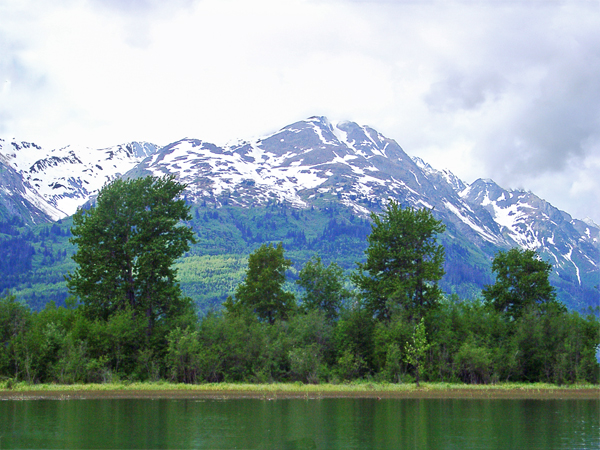 |
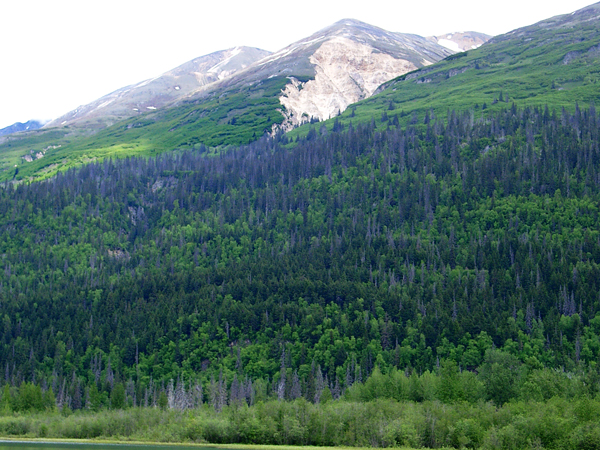 |
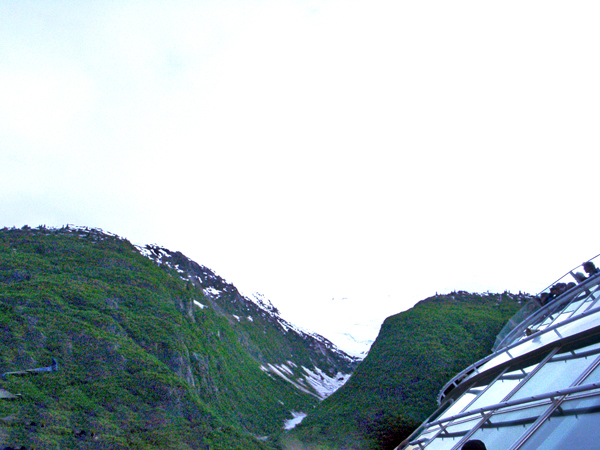 |
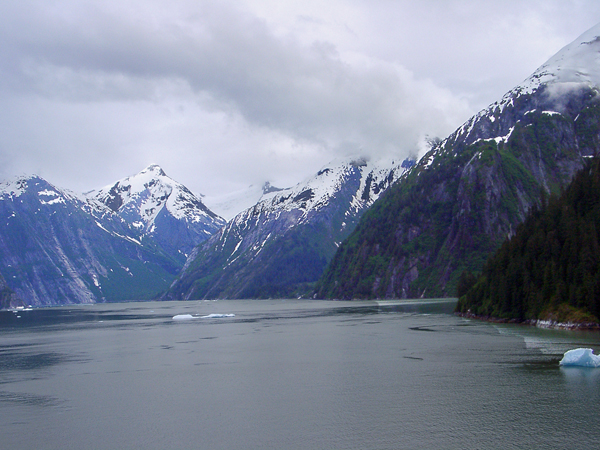 |
Below: When you see an iceberg
in the water, it is safe to say that 75% of their bulk is still under
the water's surface. Icebergs form when a glacier reaches saltwater
or a freshwater lake. Ice chunks as big as a city block and as tall
as a 3-story building have been known to split and fall into the sea.
The process is called calving and this glacier, perched at the head
of Tracy Arm (a fjord) sheds a chunk of ice on the average of once
an hour. |
 |
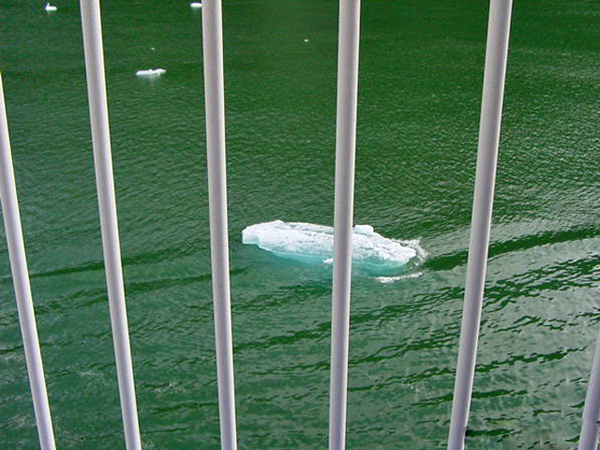 |
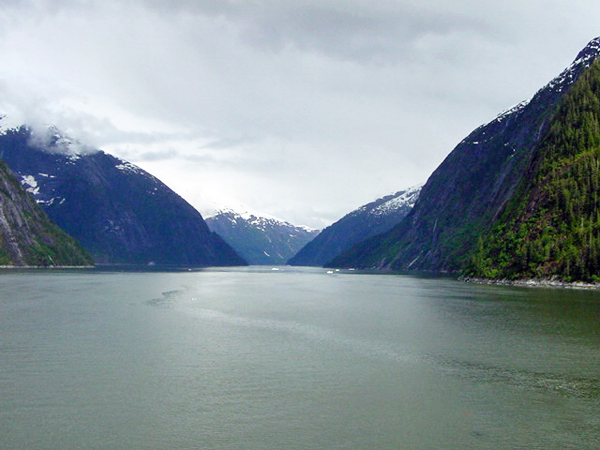 |
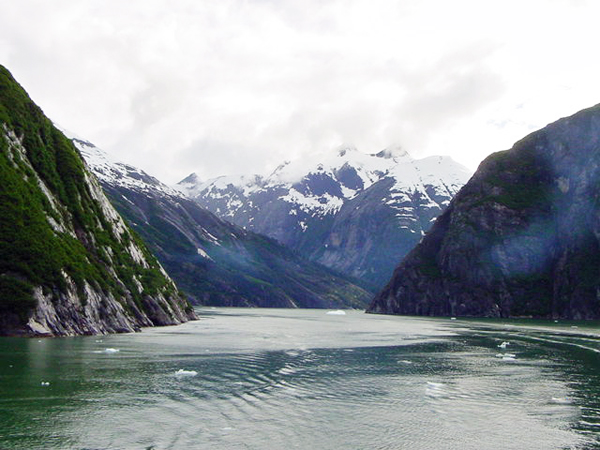 |
Below: Sawyer Glacier is
surrounded by snow-capped mountains at the end of Tracy Arm Fjord.
The area takes its name from a U.S. Navy crewman named Ford, who in
1899 paddled into a narrow waterway connected to Endicott Arm. For
6 hours, he was caught in surging tidal currents, surrounded by massive
crushing icebergs. He survived the ordeal and since then, this finger-shaped
waterway has been known as Ford's terror. |
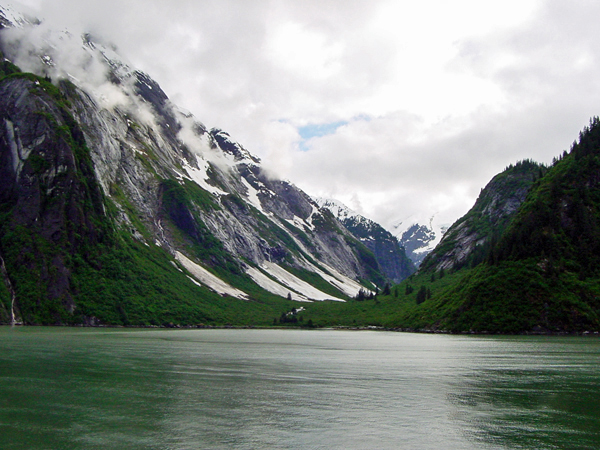 |
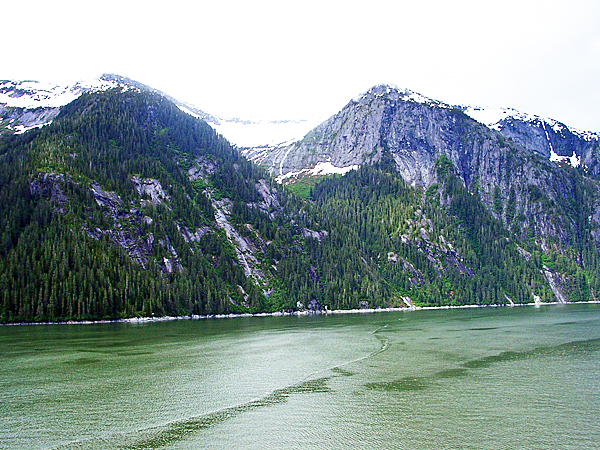 |
It is estimated
that during any given summer, glaciers in Alaska empty over 50,000
BILLION gallons of water into the stream flow. There are an estimated
100,000 glaciers in Alaska. |
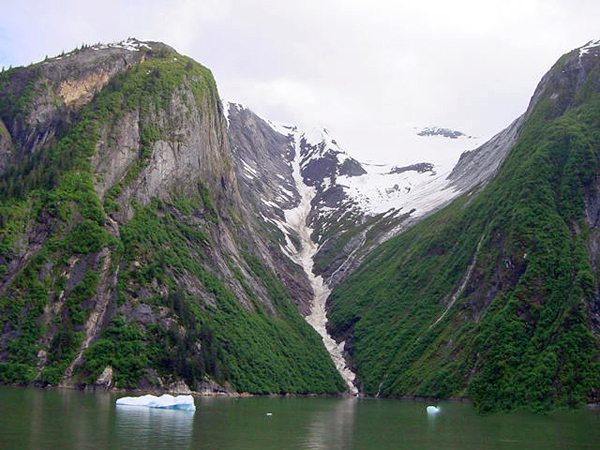 |
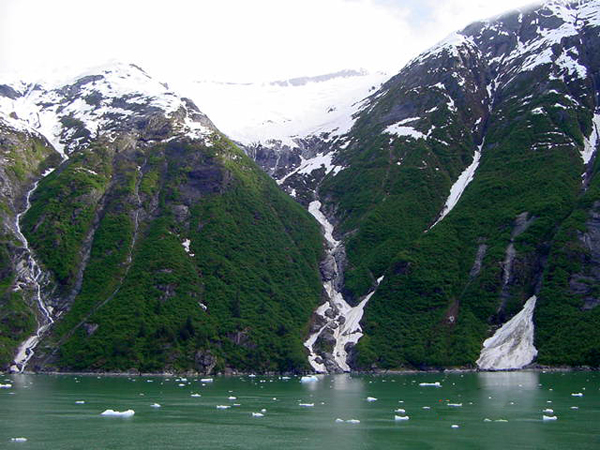 |
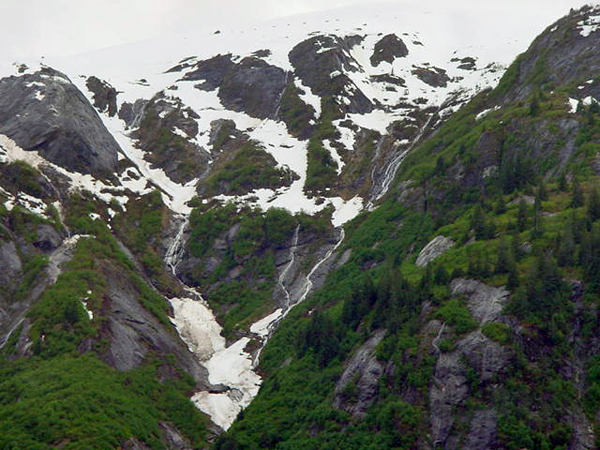 |
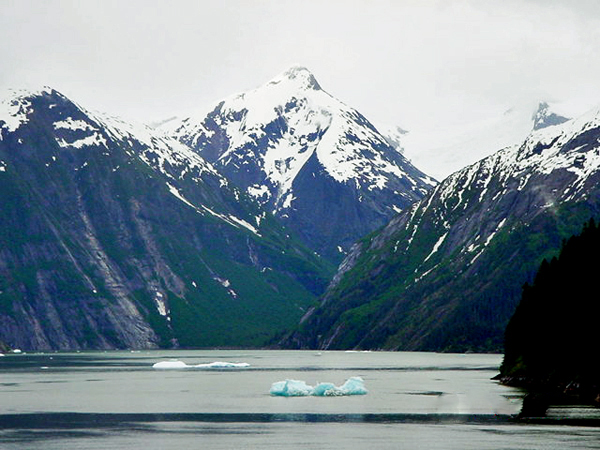 |
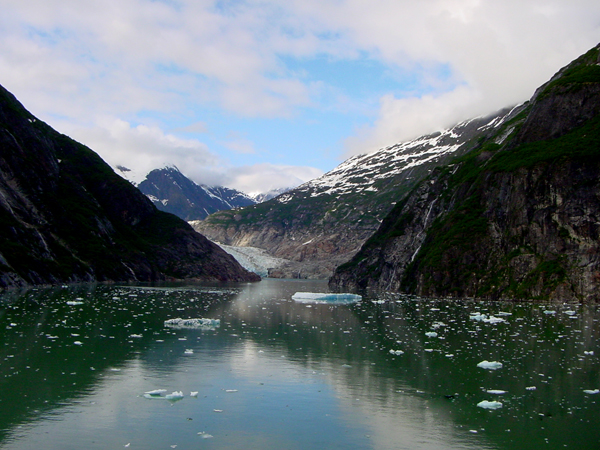 |
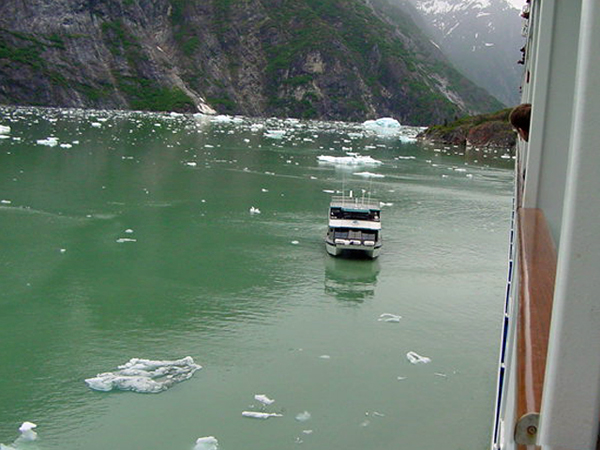 v v |
Below: Viewing Sawyer
Glacier form the boat. |
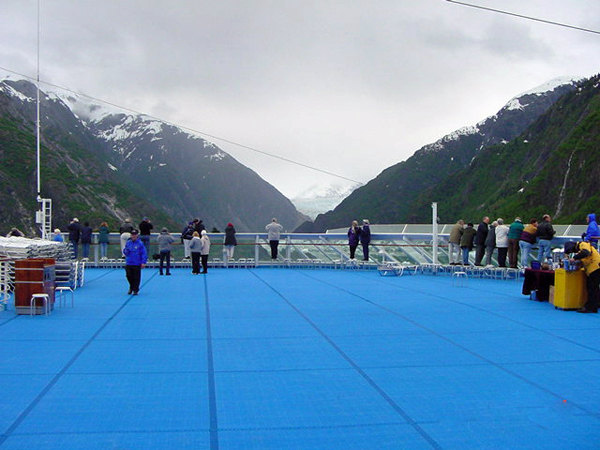 |
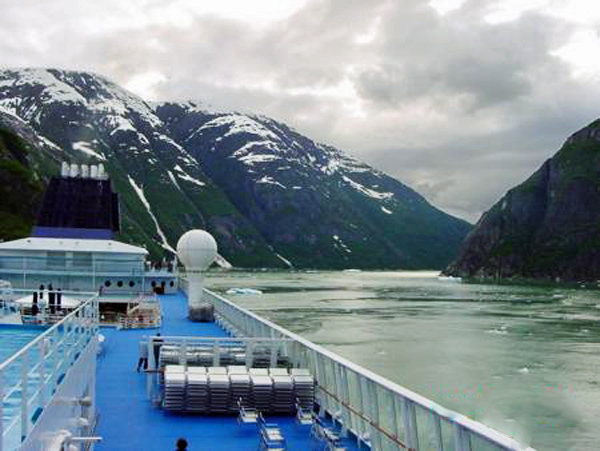 |
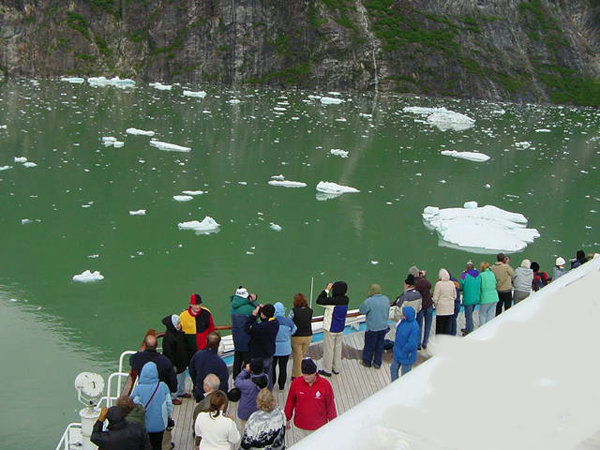 |
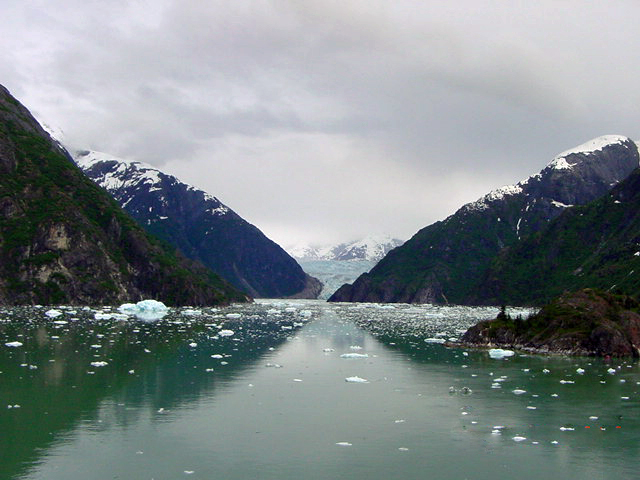 |
 The
LIFE of Lee and Karen Duquette
The
LIFE of Lee and Karen Duquette 
![]()












